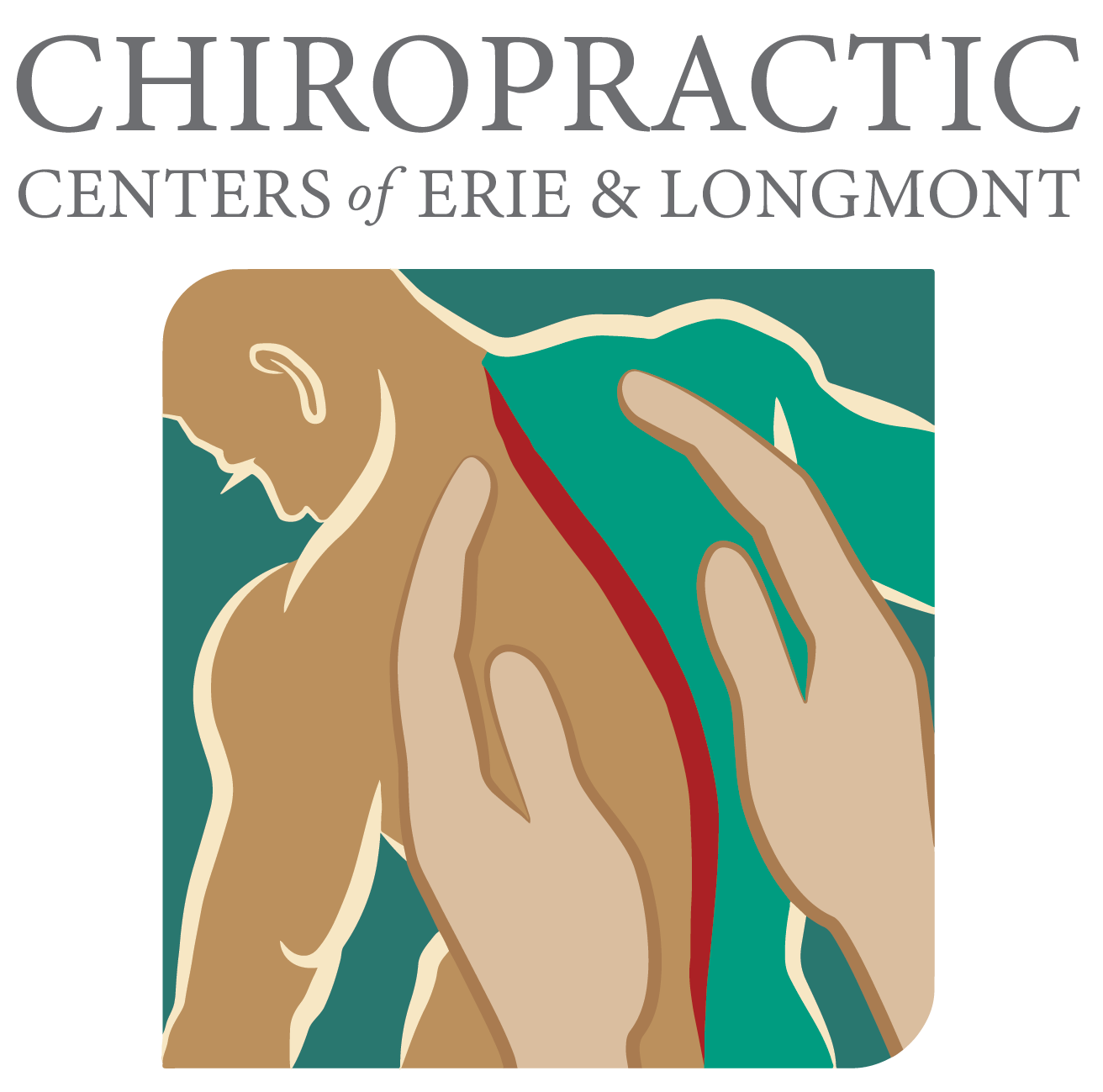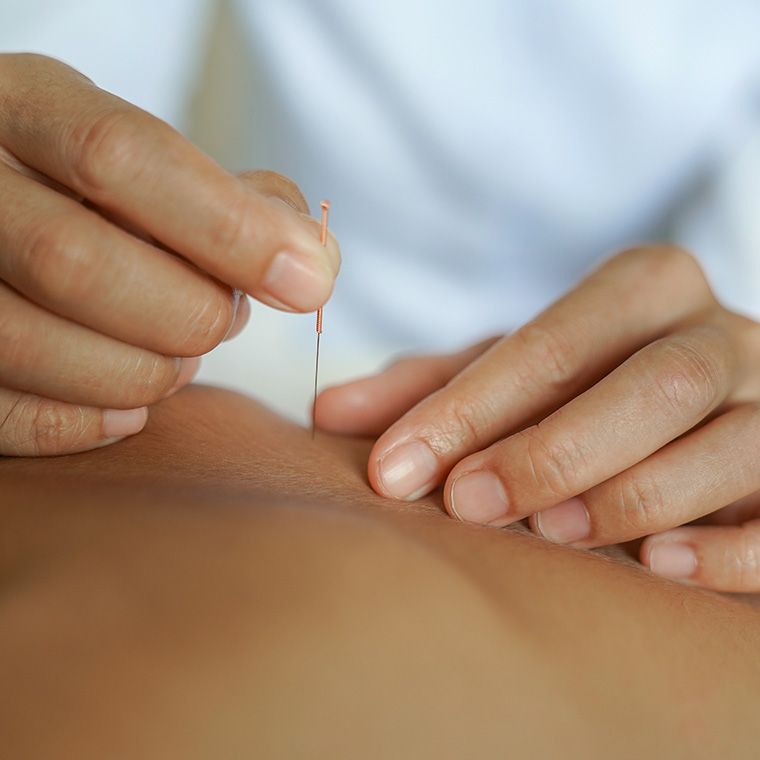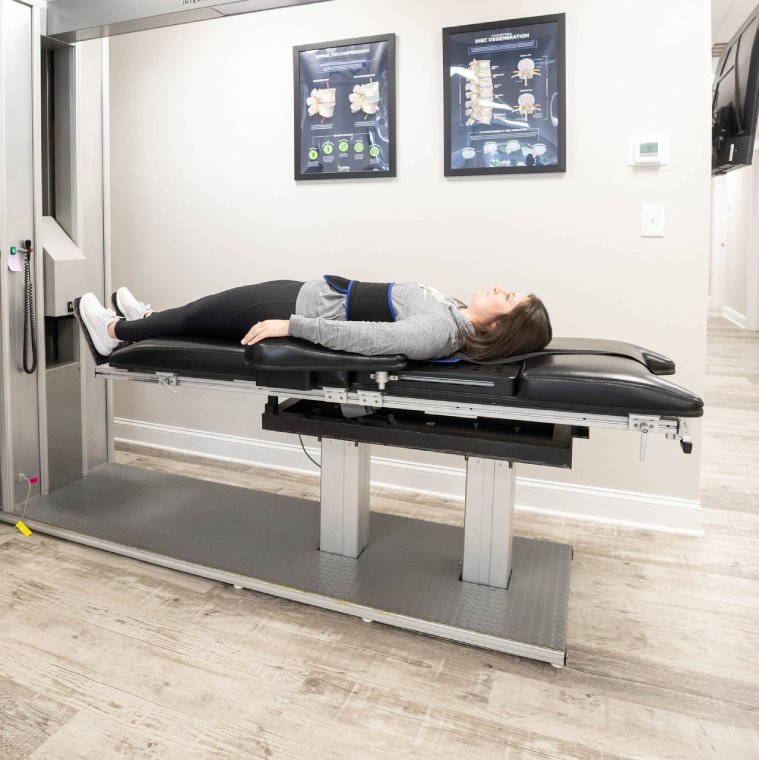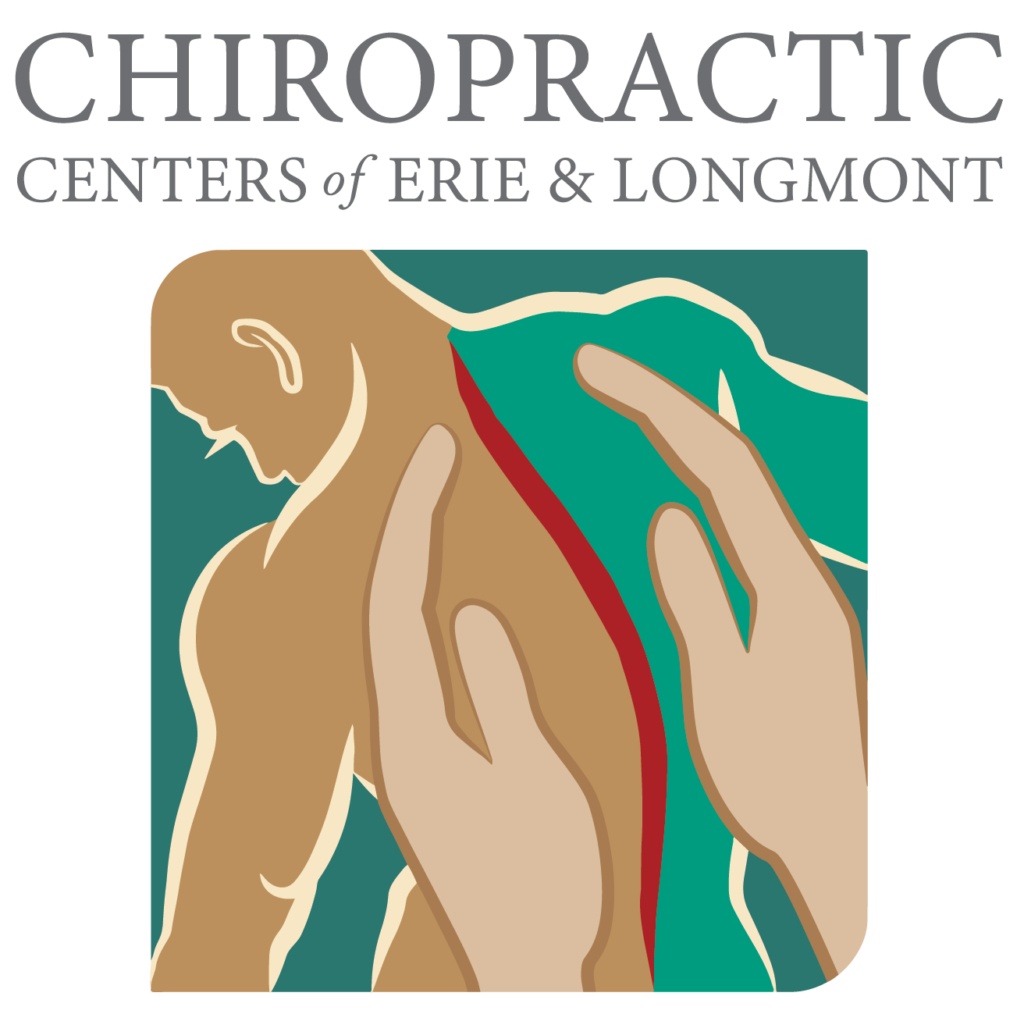Dry Needling Preparation: A Step-by-Step Guide
Searching for relief from muscle tension, chronic pain or mobility issues can often feel like an uphill battle. Your journey has probably taken you down many roads, some more effective than others. But what if there was a solution that could provide you with immediate results and long-term comfort? Meet Dry Needling- an underutilized, yet potent, method used in pain management and functional improvement. This blog post serves as your ultimate guide to prepare efficiently for your first dry needling session – unraveling what to expect, do’s and don’ts and how to maximize benefits from this revolutionary treatment technique. Buckle up as we pierce the veil of mystery surrounding this topic; it might just be the needle in the haystack you’ve been hunting for!
Prior to your dry needling appointment, it is important to wear loose-fitting and easy-to-change clothing to ensure easy access to the treatment area. It is also helpful to move around before and after the treatment to keep muscles loose. Finally, work with a certified practitioner who has been trained in dry needling techniques to ensure safety and effective treatment.
Understanding Dry Needling
Dry needling is a therapeutic technique used to relieve pain and muscle tension caused by chronic muscular trigger points. This therapy involves inserting thin, hair-like needles into the myofascial trigger points, which are located within the muscles. These points are often tender and cause localized pain or referred pain in other areas of the body.
For instance, someone who has a trigger point in their neck can experience radiating pain down their arm or into their head. Conversely, pain signals may come from your lower back, but it’s actually a trigger point in your glutes that must be treated to alleviate low-back discomfort.
Dry needling differs from acupuncture, which is an ancient Chinese traditional medicine practice based on unblocking the body’s energy channels by stimulating specific points on the skin to promote healing and wellness.
Dry needling, instead, targets muscles and specific areas where treatment is needed. It stimulates blood flow to reduce inflammation, loosen muscle stiffness or contractions, increases range of motion, and reduces chronic pain without following any philosophical doctrine.
Dry needling operates on scientific principles that differ from those supporting traditional acupuncture treatments’ effectiveness. Instead of theorizing about spiritual balance or any form of meridian alignment, dry needling focuses completely on pain relief in a localized area and associated neurologically related areas.
With this principle established let’s dive further into what dry needling therapy entails.
Dry Needling: What Does it Entail?
During a dry needling session, the practitioner will first assess your medical history, examine the affected muscle area and mark the trigger points that require treatment. The technique used is to insert thin sterile needles into the skin just below the surface at specific anatomic regions with standardized depths and pressures. Once needles reach the target myofascial tissue, they can evoke a response called a “twitch” response from the targeted muscle fibers during needling. This twitch sign is what can result in changes of muscle tone, the release of shortening, stiffness, and lengthening of the muscle itself.
When a knot forms within your muscles like a tightened knot on a balloon’s surface, inserting needles at that precise location can release all that tension inside and sometimes even relieve long-lasting chronic pain immediately.
While there are several benefits to dry needling, it is not recommended for everyone. People who have bleeding disorders or are taking blood-thinning medications should talk to their chiropractor before considering this therapy.
The technique targets muscular discomfort that results from trigger-point knots that can cause chronic muscle tension and spasms by interrupting nerve impulses. Trigger point develope and result in inflammation and pain ensuing from muscle overuse or injury. Dry needling increases blood flow to these areas, further helping reduce them and promoting healing throughout the process.
Before performing dry needling, it’s important to have exhaustive knowledge of anatomy and special training to ensure patient safety and optimize cure results with maximum effectiveness. Our doctors have had over 50 hours and some have had well over 100 hours of training.
Now that you understand what dry needling therapy entails let’s move forward by looking at its benefits and risks.
Benefits and Risks
Dry needling has emerged as a safe and effective treatment option for easing muscle contraction, reducing pain and stimulating blood flow to trigger points. However, like every other medical intervention, it has its own set of benefits and risks. Before deciding on dry needling, it is essential to assess both these aspects to make an informed decision.
One of the most significant advantages of dry needling is that it can offer quick relief in symptom intensity and functional disability. Patients who have undergone dry needling therapy report feeling better after just one session. A study published in the Journal of Orthopedic & Sports Physical Therapy found that patients with patellar tendinopathy showed significant improvements in pain, function and strength after receiving four sessions of dry needling.
On the other hand, some people may experience increased pain or soreness following dry needling therapy. In rare cases, individuals may develop a small and transitory bump or bruises at the insertion site. However, these risks are minimal and typically resolve in a short time period compared to invasive procedures such as surgery.
Dry needling has proven beneficial for not only musculoskeletal disorders but also for chronic headaches, migraines and neuropathic pain reduction. Patients diagnosed with tendonitis usually found significant improvement by combining electrical therapy with dry needling.
Now that we know about the benefits and limitations associated with this procedure, let us explore preparations you could take before undergoing the same.
Pre-Dry Needling Guide
Although dry needling is a minimally invasive therapy, it is essential to prepare oneself before the procedure. Adequate preparation can help you relax your body and mind and reduce anxiety.
Avoid taking any blood-thinning medication for at least 48 hours before the appointment. This includes painkillers such as aspirin and ibuprofen. You could take mild analgesics to soften up the muscles a couple of hours before the treatment; however, if you are on anticoagulant medications, communicate with your doctor about when to stop the medication for a few days before the procedure.
Another aspect to consider is attire. Since the therapist will insert needles in various parts of your body, it is advisable to wear loose-fitting clothing that allows easy access to target areas. There’s no need to change into a hospital gown since dry needling therapy typically takes between 15-30 minutes in our offices and up to an hour in other facilities.
During this time, limit your consumption of caffeine or any other ingredients that can cause restlessness or jitteriness in your system.
Imagine going for surgery without proper psychological preparation – how daunting it would be! Similarly, preparing yourself mentally for dry needling by understanding how the procedure works can remarkably reduce fear or anxiety level.
Now that we’ve discussed how you can prepare yourself before undergoing a dry needling session let us discuss more on pre-procedure advice that could ease up anxiety levels.
Pre-Procedure Recommendations
Before going through a dry needling therapy session, there are a few things that patients should keep in mind. First off, it’s important to be aware of any medical conditions you may have, as this will help your chiropractor determine whether or not dry needling is the right treatment for you. It’s always best to consult with your chiropractor before undergoing any therapy to ensure that there are no underlying medical issues that may interfere with the procedure.
Additionally, patients who take blood thinners should inform their chiropractor before the therapy session as bleeding can occur from the needles being inserted into the skin. Those who have anemia or are pregnant should also discuss the matter before undergoing treatment.
In order to get the most out of your dry needling therapy session, there are a few other things you can do to prepare as well.
One thing that many patients like to do prior to their appointment is to eat a light meal containing some protein and complex carbohydrates. This helps keep blood sugar levels stable during the session and can lead to feeling less fatigued afterward. Avoiding caffeine and alcohol before the session is also advised as it can stimulate the body’s response and make it harder to remain relaxed during treatment.
It’s also important to consider personal hygiene before a dry needling appointment. While natural oils on the skin are usually beneficial for overall health, if you’re coming straight from the gym or working in dirty conditions all day, then it’s best practice to shower beforehand. On the other hand, excessive showering can lead to overly dry skin. This may increase skin sensitivity making it more difficult for the insertion of the needle, leading to pain.
Think of dry needling like getting a massage; you wouldn’t want your masseuse kneading away at your muscles without proper hygiene, and you also wouldn’t want to be sweaty and smelly during the session. The same concept applies to therapy with needles.
Lastly, it’s essential to get a good night’s rest before the appointment. Being well-rested helps decrease anxiety symptoms and ensures that the body is at its best state during the session.
What to Bring to Your Session
In terms of what to bring with you to your dry-needling therapy appointment, there are only a few items that are required. It’s recommended that patients wear loose-fitting clothing that is easy to remove and comfortable enough for them to relax during the procedure. Additionally, it’s ideal if patients wear something that allows access to the areas being treated by the practitioner, like shorts or sleeveless tops.
If you have any questions about what to wear on the day of your appointment, it’s always a good idea to consult with your chiropractor beforehand.
Beyond clothing recommendations, patients are advised not to eat a heavy meal before their appointment since this could lead to discomfort or nausea during treatment.
While there aren’t many things you need to bring along with you for dry needling therapy, there are certainly some things that may make your experience more comfortable.
Think of it like going on a hike; while water and sunscreen aren’t essential for the journey, they can make it exceedingly more pleasant.
Finally, patients should ensure they arrive at their appointment hydrated adequately. Drink plenty of water beforehand to help ensure the session goes smoothly and to minimize any discomfort during the insertion of needles into your body.
By following these pre-procedure recommendations, you’ll be able to prepare adequately for your dry needling therapy session and have a higher chance of experiencing positive outcomes.
Dry Needling Procedure Protocol
Dry needling is a minimally invasive procedure that involves the insertion of thin needles through the skin to stimulate underlying muscles or connective tissue. It is an effective treatment for myofascial pain syndrome, which is characterized by painful knots in the muscles. If you are considering dry needling therapy, it is important to understand the procedure protocol.
Before starting the procedure, your practitioner will evaluate your medical history and ensure that dry needling is safe for you.
The next step involves inserting a thin needle directly into the trigger point. You may feel slight discomfort as the needle goes through your skin, but it should not be painful and many patients feel no discomfort at all. Once the needle is inserted, you may experience a twitch response, which feels like an involuntary contraction of the muscle typically followed by a complete relaxation of those muscle fibers.
Your practitioner may then gently manipulate the needle to stimulate the trigger point and reduce muscle tension. They may move the needle in and out slightly or rotate it to achieve this effect.
Think of dry needling as hitting “reset” on a dysfunctional muscle. By inserting a needle into a trigger point, your practitioner is essentially forcing that muscle to relax and release tension, allowing it to function properly again.
The procedure typically lasts between 15-30 minutes, depending on how many trigger points are being treated and their location. Most people require multiple sessions spaced out over several weeks to achieve optimal results.
During the Therapy Session
During your dry needling therapy session, it is important to communicate with your practitioner and let them know how you are feeling. This will help them adjust their technique as necessary and ensure that you are comfortable throughout the procedure.
During the procedure, you may feel a dull ache or pressure around the needle insertion point. This is normal and usually means that the trigger point is being effectively stimulated and released. If you experience sharp or intense pain, however, be sure to let your practitioner know immediately and they will typically remove that needle to another local with less discomfort.
You may also feel twitching or involuntary muscle contractions during the procedure. Again, this is normal and means that the muscle is responding to the treatment. Some people find this sensation uncomfortable at first, but it should subside as your muscles become more accustomed to the stimulation.
Some people are concerned about the potential for complications during dry needling therapy, such as infection or nerve damage. However, these risks are extremely low when proper sanitation protocols are followed and the procedure is performed by a qualified practitioner.
After the procedure, your practitioner will likely recommend that you rest for a short period of time to allow your muscles to fully relax and recover. You may also be given stretching exercises to perform at home or to use mild to moderate heat in the area in order to further reduce muscle tension.
It is important to drink plenty of water following your dry needling session in order to stay hydrated and flush out any residual toxins from your muscles.
While some people experience immediate relief from their symptoms following dry needling therapy, others may require multiple sessions before experiencing significant improvement. Your practitioner will work with you to develop a personalized treatment plan that takes your unique needs and goals into account.
It is important to remember that while dry needling can be an effective treatment for many types of musculoskeletal pain, it is not a cure-all. It should always be used in conjunction with other therapies (such as chiropractic adjustment or massage) and lifestyle modifications (such as diet and exercise) for best results.
Dealing with Post-Procedure Sensations
Dry needling is a safe and effective treatment option for musculoskeletal pain, but it may cause some post-procedure sensations. The most common sensation is soreness, which can last from a few hours to ,rarely, several days after the procedure. However, this should not discourage anyone from seeking dry needling therapy. In this section, we will discuss how to handle post-procedure sensations to ensure a smooth recovery.
Some patients report feeling muscle spasms or twitches after the procedure. This is normal and indicates that the muscle has been stimulated. However, these muscle reactions can be uncomfortable. Patients can try using warm compresses on the affected area to ease the discomfort. Gentle stretching and massage can also help alleviate muscle spasms.
Some patients may develop bruising in the treated area after dry needling therapy. Bruising occurs when the needle disrupts blood vessels during insertion or removal. However, bruising is usually minor and disappears within a few days. Patients who are prone to excessive bleeding or have a bleeding disorder should inform their practitioner before undergoing dry needling therapy.
Although rare, some patients may experience dizziness or lightheadedness immediately after the procedure. This is because dry needling stimulates the nervous system, which can cause changes in blood pressure and heart rate. If you experience these symptoms, sit down and rest until they subside. Drink plenty of fluids to keep hydrated and avoid driving or operating heavy machinery until you feel better.
Think of dry needling like exercising – you might feel sore after a workout, but that doesn’t mean you injured yourself. Similarly, dry needling can cause some post-procedure sensations indicative of effective treatment but nothing to worry about.
Now that we have discussed how to handle post-procedure sensations, let’s move on to the importance of post-dry needling care.
Ensuring Quick Recovery
After a dry needling therapy session, it is important to take care of your body to ensure a quick recovery. The following are some tips to help ease soreness and promote healing.
Stay Hydrated: Water is essential for flushing out the toxins that may have been released during treatment. Adequate hydration helps to circulate oxygen and nutrients in the body and to help remove any waste.
Gentle Stretching: After a therapy session, gentle stretching can help relieve muscle soreness and tension. However, you should always work within your comfort zone and follow the guidance of your therapist to avoid overstretching.
Get Plenty of Rest: Your body needs ample time to recover after a session, so don’t push yourself too hard. Think of it like letting a plant grow – it needs time, patience and attention to flourish.
Preventing Post-Procedure Complications
While dry needling is generally safe, there are some potential complications that patients should be aware of. The following are some tips on how to prevent post-procedure complications.
Always Communicate with Your Chiropractor: Whether you’re experiencing mild discomfort or severe pain, make sure you communicate with your therapist about your symptoms throughout your treatment. This will help them monitor your progress and identify any potential issues right away.
Avoid Strenuous Activity: Most people should avoid strenuous activity immediately after treatment as it could impede the healing process. However, light activity such as walking can help promote circulation and alleviate muscle tightness. Some athletes actually perform better immediately after chiropractic and dry needling.
Follow Post-Procedure Protocol: Dry needling therapists often provide specific instructions for post-treatment care. It’s important to follow these instructions to the letter, even if they seem inconvenient or time-consuming.
Be Mindful of Your Body: Listen to your body and be mindful of any changes in the way you feel after your treatment. If you notice anything out of the ordinary, don’t hesitate to speak with your therapist.
Contact a Chiropractor Today!
If you’re interested in Dry Needling or in seeing a chiropractor or getting a chiropractic adjustment, visit us at one of our offices in Erie or Longmont. The Chiropractic Center of Erie and Chiropractic Center of Longmont treat the body holistically with our award-winning treatment process which can include Dry Needling when requested. We have been voted “Best of the West” eleven times and we aim to help your body achieve and maintain optimal performance.
We specialize in treating patients suffering from spinal pain and many other maladies and have helped several patients find relief without the need for surgery. If you’d like to learn more about chiropractic care in Longmont or Erie or have questions about what to expect during your first chiropractor visit in Erie or Longmont, call our offices today at 303-828-3000 or 303-772-1950!







